
Date: 14 November 2016
Since ancient times, glass has always been a product which is largely used by humans. During such a long time, the row material has always been the same.
What have changed are the applications, its countless applications, which reach today some fields not even imaginable in the past.
NSG TEC™ (Transparent Electrically Conductive Glass) is the glass the better proves the versatility of this material.
Consisting of a series of thin films of metal oxides deposited on a clear glass substrate (or extra clear) through a pyrolytic on-line process, NSG TEC™ is a glass with a neutral appearance, with a low-emissivity coating (up to 0.10), and – above all – it is an electrically conductive glass, with a variable surface resistivity from 6-8 Ω /sq up to 5000 Ω /sq depending on the thickness of the coating.
Such characteristics determine its usefulness in many different fields of applications: from building to photovoltaic panels, from oven doors to commercial refrigeration, from touch screens to many and many others.
Commercial refrigeration
As it is an electrically conductive glass with a low-emissivity coating, NSG TEC™ can be used in the refrigerator aisles to support the thermal insulation of the space to be cooled and to avoid the creation of condensation on the glass, thanks to the possibility to heat it electrically.

Indeed, in case of high values of humidity and big differences in temperature between the external environment and the refrigerated one (fridge box with temperatures below 0 ° C), it is possible to use heated units, that provide energy to the sheet to prevent the creation of condensation and to improve the visibility of the products inside refrigerators and refrigerated cabinets.
Moreover, installing a double-glazing glass, you can get excellent thermal transmittance values, with consequent reduction of energy dispersion and consumption.
Oven doors
 The low emissive properties of NSG TEC™ also allow its usage for electrical appliances at home, for example for the doors of ovens and for insulating the oven from the outside environment.
The low emissive properties of NSG TEC™ also allow its usage for electrical appliances at home, for example for the doors of ovens and for insulating the oven from the outside environment.
The low-emissivity coating of the glass protects the user from the risk of burning, thanks to the thermal insulation which reduces the temperature of the oven’s door and assures the transparency of the glass (and so the visibility of the inside) through the excellent coating neutrality.
Finally, another remarkable characteristic: the reduction of energy consumption obtained through thermal insulation, and therefore the reduction of heat dispersion in the kitchen.
Toughenable and easily printable, this glass is also suitable for modern and innovative design.
Building field
Restaurants, residences, houses in general, particularly when located in cold climates, can improve their level of comfort using NSG TEC™ Glass.
In fact, it can be used with an "integrated heating function" in the window, as the conductive coating enables you to heat the outer plate of the glass, in order to remove ice and snow, or to heat the inner side so as to make the domestic environment warmer.
Taking advantage of the NSG TEC™ Glass electrical conductivity, you can create radiating elements, completely transparent, that aesthetically appear as ordinary insulating glazing.
Electrically powered, they spread the heat throughout the room integrating the existing heating system or even becoming a source of primary heating for the building.
The main advantages in this field are the elimination of cold wall, the clarity and transparency of the glass and finally the elimination of condensation.
Photovoltaics field
The NSG TEC™ glass range with transparent conductive oxide coatings on glass substrate is also used in the thin-film photovoltaics field.
In this case, the NSG TEC™ Glass acts by facilitating the light transmission through the cell and collection of the photoelectric power generated.
The electrical resistivity of the glass and its roughness are selected on the basis of the type of photovoltaic cell (amorphous silicon, CdTe, etc.).

Other applications
The NSG TEC™ range also finds application in the following industries:
- Digital Signage, especially for resistive and capacitive touch screens, where a transparent conductive coating is required;
- industrial transportation (military, marine, rail, etc.), where the heating capacity of the conductive coating is exploited for removing ice and snow from the glass surfaces of the means of transport;
- the screening panels (EMI / RFI), for example in the military sector, which exploit the reduced transmittance to electromagnetic radiation of NSG TEC™; in this way the interference of signals or signal losses due to the influence of external means of communication radar type are eliminated;
- electrochromic panels.
- for the production of radiant panels, transparent or screen-printed radiators and for the production of bathroom heated mirrors with anti-condensation function.
 600450
600450

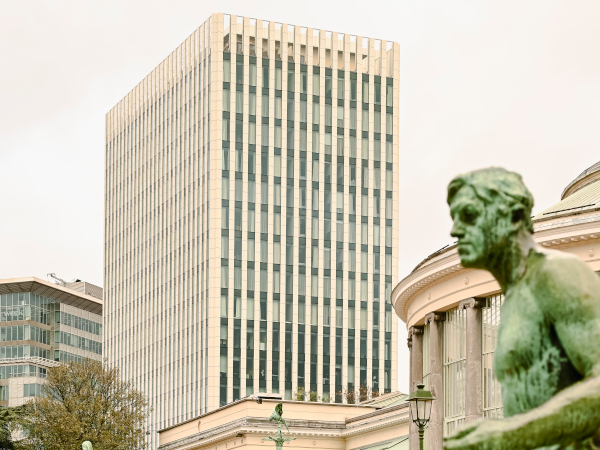

















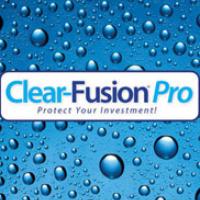
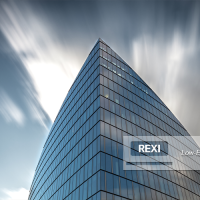
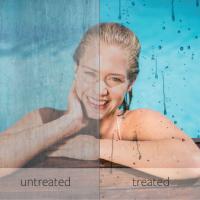
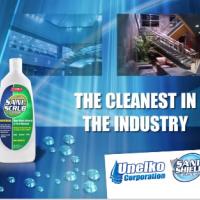

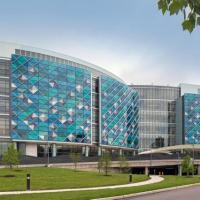
Add new comment